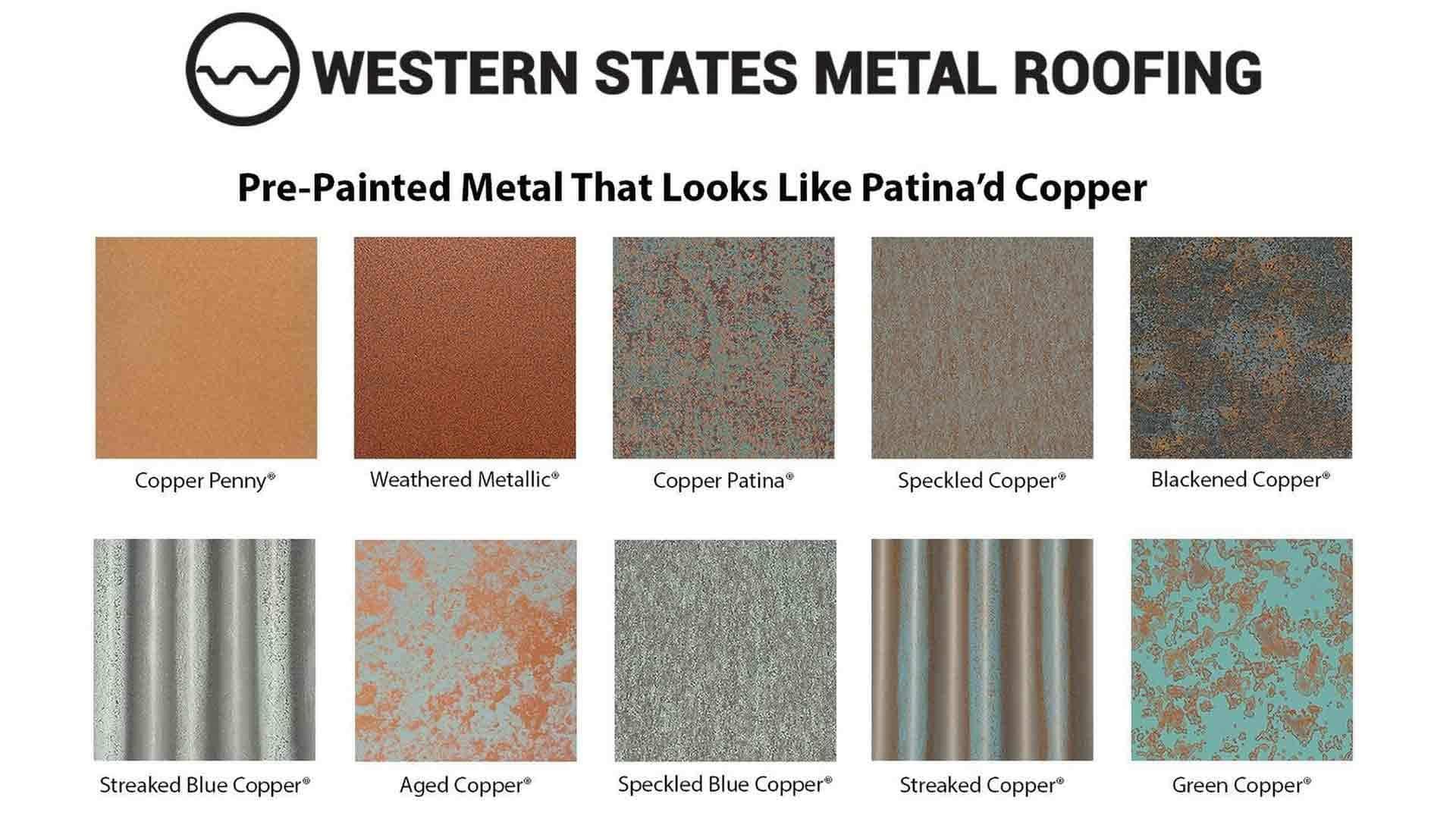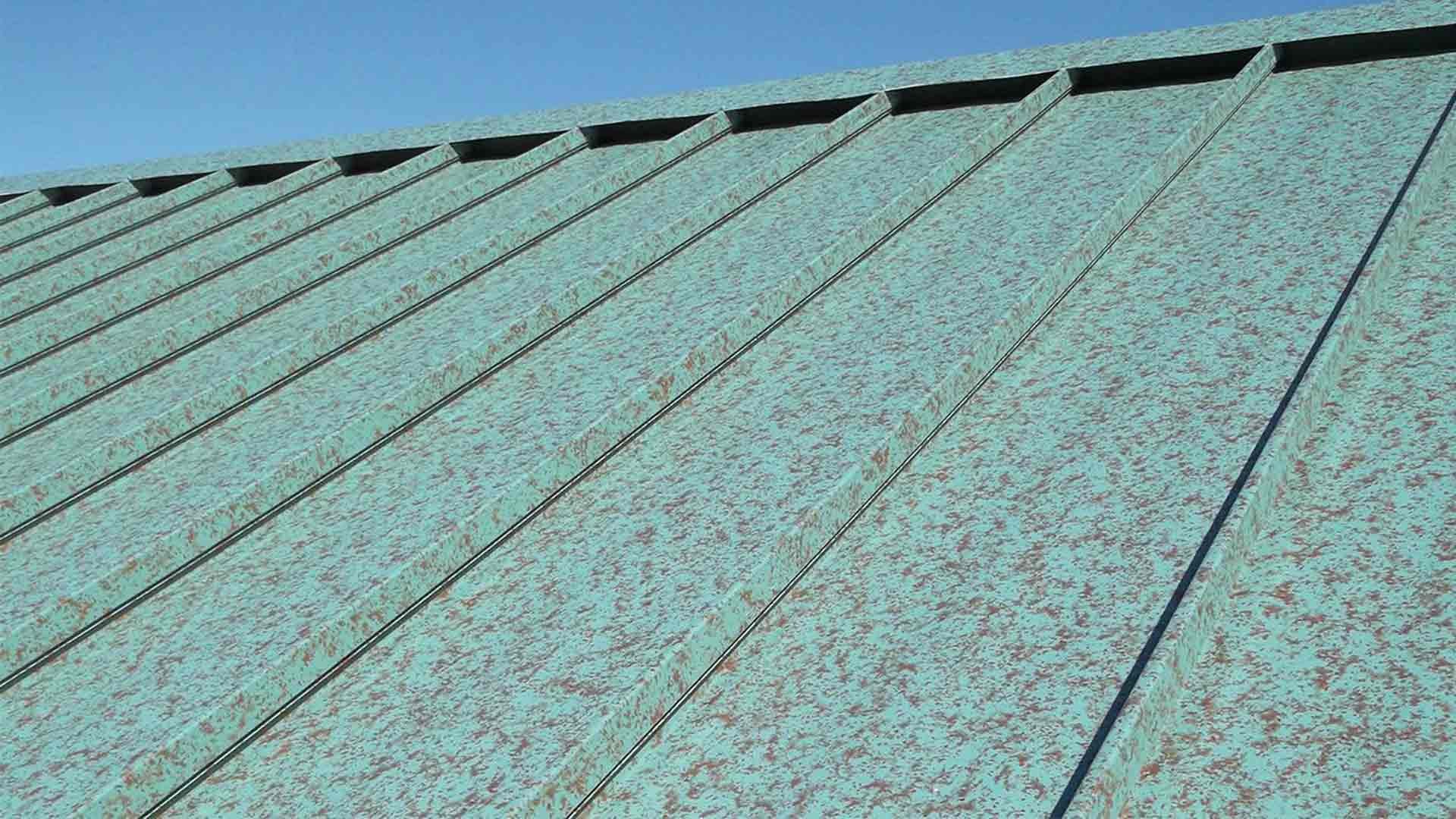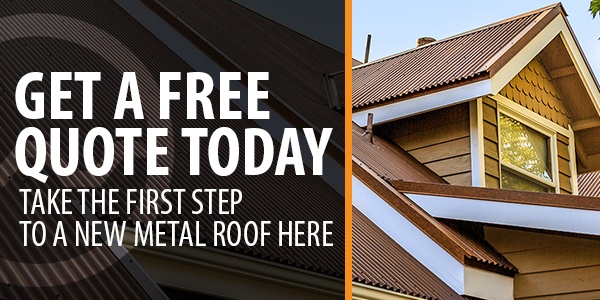Three Problems With Copper Roofing (And How To Avoid Them)
A copper roof is a premium product that offers superior quality in the roofing industry. Besides it’s highly desired aesthetic appeal, copper provides value that other roofing materials can’t match.
Although copper roofs come with many advantages, that doesn’t mean they don’t also have some downfalls. In this article, we’ll discuss the three biggest problems with a copper roof and how to avoid them.
But first, what are the benefits of a copper roof?
The Benefits Of Copper Roofing
- Longevity
- Low maintenance
- Durability
- Prestigious Appearance
Copper is the most premium material for roofing. It’s impressive value is shown in the following areas:
Longevity
A copper roof that is properly installed can last for 100 years or more. This is the longest life span of any kind of roof.
Low maintenance
A copper roof requires minimal maintenance. It doesn’t even need to be cleaned unless you choose to, although you must avoid using harsh chemical cleaning products that will remove its natural patina finish. Copper will also be free from rotting or mold due to its natural qualities.
Durability
The protective layer of copper makes it highly resistant to corrosion and allows it to withstand all forms of environmental abuse, from high winds to torrential rains. Copper is also fire-resistant.
Prestigious Appearance
A copper roof is generally seen as being the most attractive of all metal roofing options and will instantly enhance a home’s curb appeal. Copper’s aesthetic is unique because of how it changes color overtime. The high sheen of new copper will eventually become a blue-green patina.
While these are just some of the benefits of copper roofing, there are also some potential pitfalls.
The Three Most Common Problems With A Copper Roof
- Copper Roofing Is Expensive
- Copper Can Take A Long Time To Patina
- Copper Cannot Be Around Dissimilar Metals
1. Copper Roofing Is Expensive
Copper is the most expensive kind of roofing material. While the cost of copper fluctuates regularly, this roof can cost between $9 to $14 per square foot for materials and $5 to $12 per square foot for labor. A full replacement copper roof on a 2,000-square-foot, single-story home with a 6/12-pitch roof will cost anywhere from $33,000 to $59,000.

Solution: Painted Products As An Affordable Alternative
If you want the look of patina at a smaller price than copper, metal roofing panels may be the answer. Painted metal panels are designed to mimic the appearance of copper and are 60% to 75% less expensive than actual copper panels.
Painted metal panels also include a standard limited paint warranty. The warranty varies between 20-30 years depending on which color you choose.
While these panels create depth and are a very realistic paint print, they are not real corrugated copper. Painted metal panels do not have as long of a lifespan as copper, but still provide value in terms of longevity. Metal panels can last between 40-60 years with proper installation and maintenance.
Metal shares some key benefits with copper. Both materials are durable, fire resistant, lightweight, and eco-friendly.
2. Copper Can Take A Long Time To Patina
Copper naturally goes through a chemical change where it coats itself with a preservative that is known as patina. This preservative serves as a protective layer that makes copper so durable and corrosion resistant.
Patina is also highly desired for its appearance. Copper will turn different shades during the process but ultimately will become a blue-green color once the coating has formed.
Patina will always form eventually, as long as the material is in the right climate. However, the timeline of when it will happen is not completely predictable, and depends on a few different factors.
- Exposure To Moisture: Copper will change color faster in areas that are humid and damp.
- Exposure To Salt Air: The calcium in salt air helps with the chemical change in copper. Copper roofs that are close to the sea will patina quicker than in other environments, generally in under 10 years.
- Acid Rain: Copper that is exposed to acid will age faster than copper that is in an alkaline climate.
How To Avoid Waiting For Patina
Copper can patina anywhere from 2 years up to 20 years. That can be a lot longer than you want to wait, especially if you are purchasing copper specifically for the benefits of patina.
There are ways to avoid years of waiting for the finish to form.
Chemical Solutions
There are solutions to help speed up the patina transformation. These chemical treatments can age the surface of copper overnight.
However, the outcome of these treatments depends on how the surface is prepared, temperature, time, humidity and other factors. When not done correctly, uneven coloration and excessive staining of nearby materials could result.
 Painted Roofing Panels in Green Copper® Standing Seam
Painted Roofing Panels in Green Copper® Standing SeamPainted Metal Panels That Look Like Copper
While this solution was already mentioned earlier for being more affordable than copper, it also works as a solution for patina problems. Painted metal panels come in different paint color finishes that reflect the various color stages of copper. The color finish you choose is how your roof will look as soon as the panels are installed. There is no waiting for a color change as the panels arrive already having a patina appearance.
3. Copper Cannot Be Around Dissimilar Metals
Copper does not perform well when placed in contact with specific other metals.
Galvanic Corrosion
Also sometimes referred to as “electrolytic corrosion”, galvanic corrosion is when accelerated corrosion occurs by two dissimilar materials coming into contact with each other and then coming in contact with an electrolyte, such as water. In this case, the less active metal becomes the ‘cathode’ and the other metal becomes the ‘anode’. The anode corrodes faster than it would by itself while the cathode corrodes slower than it would by itself. Essentially, one of the materials is sacrificed because of the presence of the other material.
Preventing Corrosion
Copper is one of the most active metals and therefore will generally act as the anode, meaning its surface will not be subjected to corrosion. However, it will cause corrosion on a dissimilar metal if the two metals come into contact.
Galvanic corrosion occurs when copper comes in contact with steel, aluminum, and zinc. The easiest way to prevent copper from causing corrosion is by not having it come into contact with dissimilar metals. The contact does not need to be direct in order for corrosion to occur because of the presence of an electrolyte. An example of an electrolyte could be rainwater that causes runoff from a copper roof onto a steel surface.
The dissimilar metal could possibly be replaced with a metal that is copper is similar. Copper performs well when in contact with lead or stainless steel.
If dissimilar metals must be used together, a barrier needs to be put in place to separate them. A sealant or gasketing material that is non-absorbent can be used as a barrier.
When A Copper Roof Isn't The Best Choice
Copper roofing is a top of the line, high quality roofing product. However, it does come with some disadvantages that might not make it the best material for you to use for your new roof.
You Might Not Want A Copper Roof If:
- You are looking for a low cost roofing solution.
- You are not going to be in your home long term.
- You live in a climate where the elements can prevent or delay patina from forming.
- Steel, aluminum, and/or zinc are going to be used in your construction and can possibly come into contact with the copper.
If any of these conditions are factors for you, pre-painted metal panels that look like copper would be an excellent solution. They are more affordable, compatible with all materials, and arrived looking how you want.
At Western States Metal Roofing, we offer both types of panels. We carry real corrugated copper as well as metal painted panels that mimic the look of copper.
We understand the choices can be overwhelming when it comes to roofing and we’re happy to answer any questions you have. We can also provide you with a free quote for both types of roofs so you can compare the cost of your options to help decide which material is best for your project.




